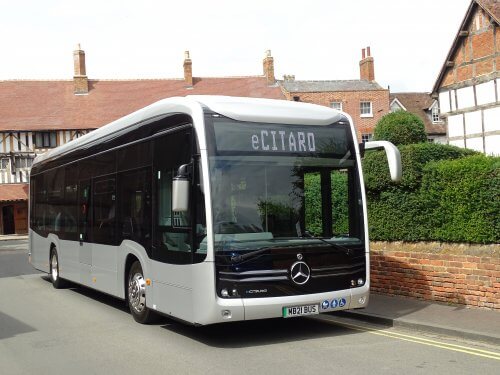
The Mercedes-Benz eCitaro made its UK debut at ITT Hub in June of this year. Richard Sharman takes the very first example for a drive to see if this three-pointed star is as good as its diesel forerunners
A premium brand in any industry means that you have certain expectations when you interact or use that brand’s product. With more than 55,000 units sold worldwide, the Mercedes-Benz Citaro is one such product that you would expect to be better than anything else you have experienced before.
[…]
By subscribing you will benefit from:
- Operator & Supplier Profiles
- Face-to-Face Interviews
- Lastest News
- Test Drives and Reviews
- Legal Updates
- Route Focus
- Industry Insider Opinions
- Passenger Perspective
- Vehicle Launches
- and much more!


